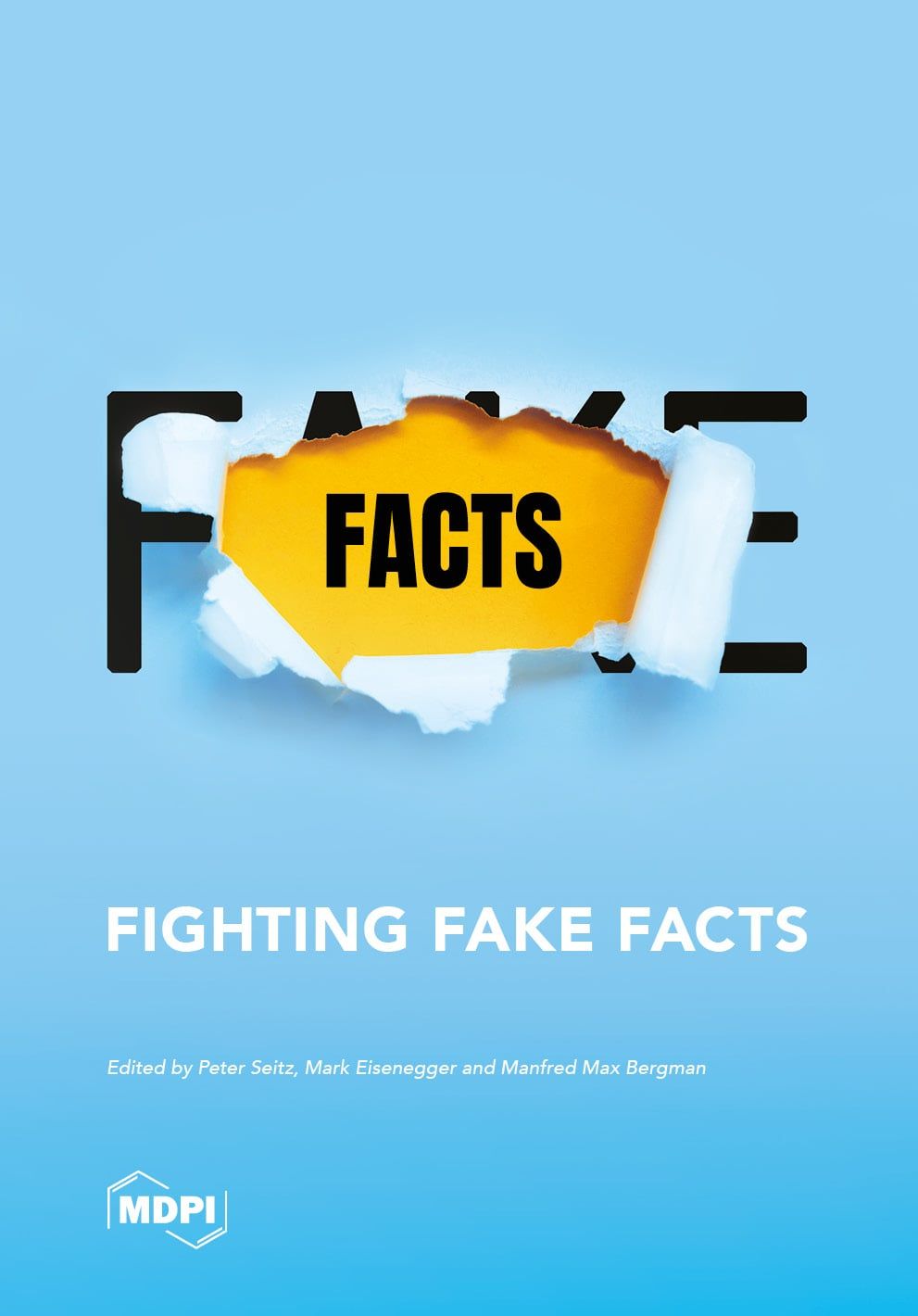Introduction: The Interdependence of Interests, Managed Truths, News, and Facts
Fake news, often based on fake facts, is usually understood as misleading information presented as news. Fake news is frequently divided into misinformation (fake news without harmful intent) anddisinformation (fake news with harmful intent). Intent, however, is a problematic classifier: a newscaster may initially use a story without harmful intent (for example, as a parody), but upon discovering its serendipitous effect on their audience, they may subsequently repeat the story with the intent to mislead. According to this dichotomy, the same story represents both misinformation and disinformation. Conveying the story, now classified as disinformation, to unsuspecting members of the newscaster’s audience, who then repeat the story as news but without harmful intent, transforms the same story yet again from disinformation into misinformation. Recently, the term malinformation (genuine news with harmful intent) was introduced (Wardle, undated). Examples of malinformation are revenge porn or the publication of studies on the potential health risks of the COVID-19 vaccine, which are intended to harm the reputation of a person or the rollout of a health program, respectively. However, Mir [2] raises important concerns about the classification of malinformation, i.e., “wrong truths”, as fake news, referring to the “Censorship-Industrial Complex”, especially in contexts where persons or organizations have the power to shape informational content in their favor through sponsorship or censorship, irrespective of factual content.
